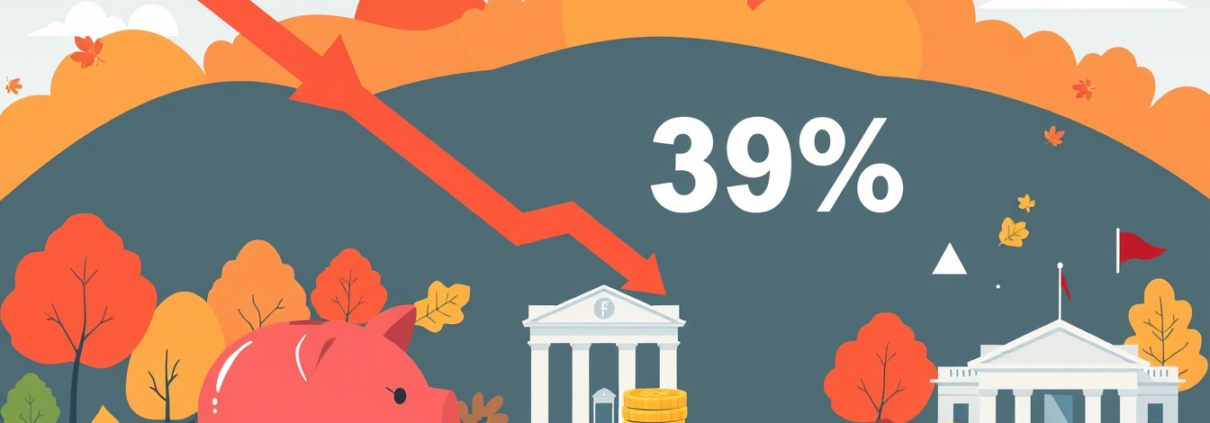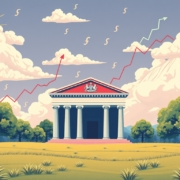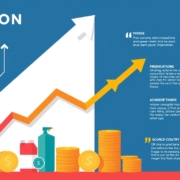September CPI Report Reveals Surprising Drop in Inflation to 3%: What It Means for the Fed and Your Wallet
September 2025 CPI Inflation Rate Hits 3%, Lower Than Expected
On October 24, 2025, the BLS shared a report. The report shows the CPI rate for September at 3.0%. It is a bit higher than in August but still below what some had thought. This report gives clear insight into U.S. inflation during a government shutdown when most other data stops.
Key Inflation Figures
• Monthly Increase: CPI went up by 0.3% in September, not 0.4% as predicted.
• Annual Inflation: The yearly rate stayed at 3.0%, a shade below the forecast of 3.1%.
• Core CPI: When we leave out food and energy, core CPI grew by 0.2% for the month and also showed a 3.0% annual rate, again a little under the expected 3.1%.
The core CPI monthly gain of 0.2% is lower than the 0.3% rises in July and August, which hints at a slow down in core inflation.
Components Driving Inflation
• Energy Prices: Gasoline costs jumped by 4.1% in September. Even as this month brought a surge, gas prices fell by 0.5% over the year.
• Food Prices: Food costs edged up 0.2% month by month, with an annual rise of 3.1%. Meat, poultry, fish, and eggs jumped 5.2% over the year. Nonalcoholic beverages, likewise, climbed 5.3%.
• Shelter Costs: This part makes up about one third of the CPI. Shelter costs grew by 0.2% in September and 3.6% over the year.
• Other Services & Goods: Service prices (other than shelter) rose by 0.2%, new vehicle prices increased by 0.8%, and used car and truck prices dropped by 0.4%.
Market Reactions and Economic Implications
Following the release, stock futures moved up while Treasury yields went lower. Experts see the lower inflation as a sign that the Fed may cut interest rates soon.
John Kerschner, head of securitized products at Janus Henderson, said the report feels "like an oasis slaking the thirst of a weary desert traveler" amid a lack of government data. He added that the report “shows the Fed will cut rates at next week’s meeting.”
The Role of Tariffs and Economic Outlook
Some worry about tariffs set by the previous administration, but they have not raised overall inflation much so far. James Knightley, chief international economist at ING, noted that U.S. companies now source from countries with lower tariffs. This shift cuts the anticipated price rise from tariffs.
He did warn that tariff-related price bumps might grow. However, he sees these as a one-time jump rather than a long-lasting trend.
Last Official Data Before the Fed Decision
This CPI report is the only new economic data during the federal government shutdown that began on October 1, 2025. The data came out because the Social Security Administration needs the CPI to set cost-of-living payments.
The Fed aims for a 2% inflation rate and sees more than that now. The new reading will shape their interest rate choices next week. Markets now expect a 0.25% cut from the 4.00%–4.25% range with more softening in December.
Conclusion
The September CPI shows that inflation is present but not as strong as some thought. This softer trend gives room to cut rates and help the economy, even as the job market weakens and issues with the budget persist.
Investors and policymakers now await new reports. For now, the 3% inflation rate provides a hopeful sign of more stable prices in the U.S. economy.
For ongoing updates on the inflation report and its impact for markets and monetary policy, stay tuned to our economic coverage.
Full money-growing playbook here:
youtube.com/@the_money_grower








